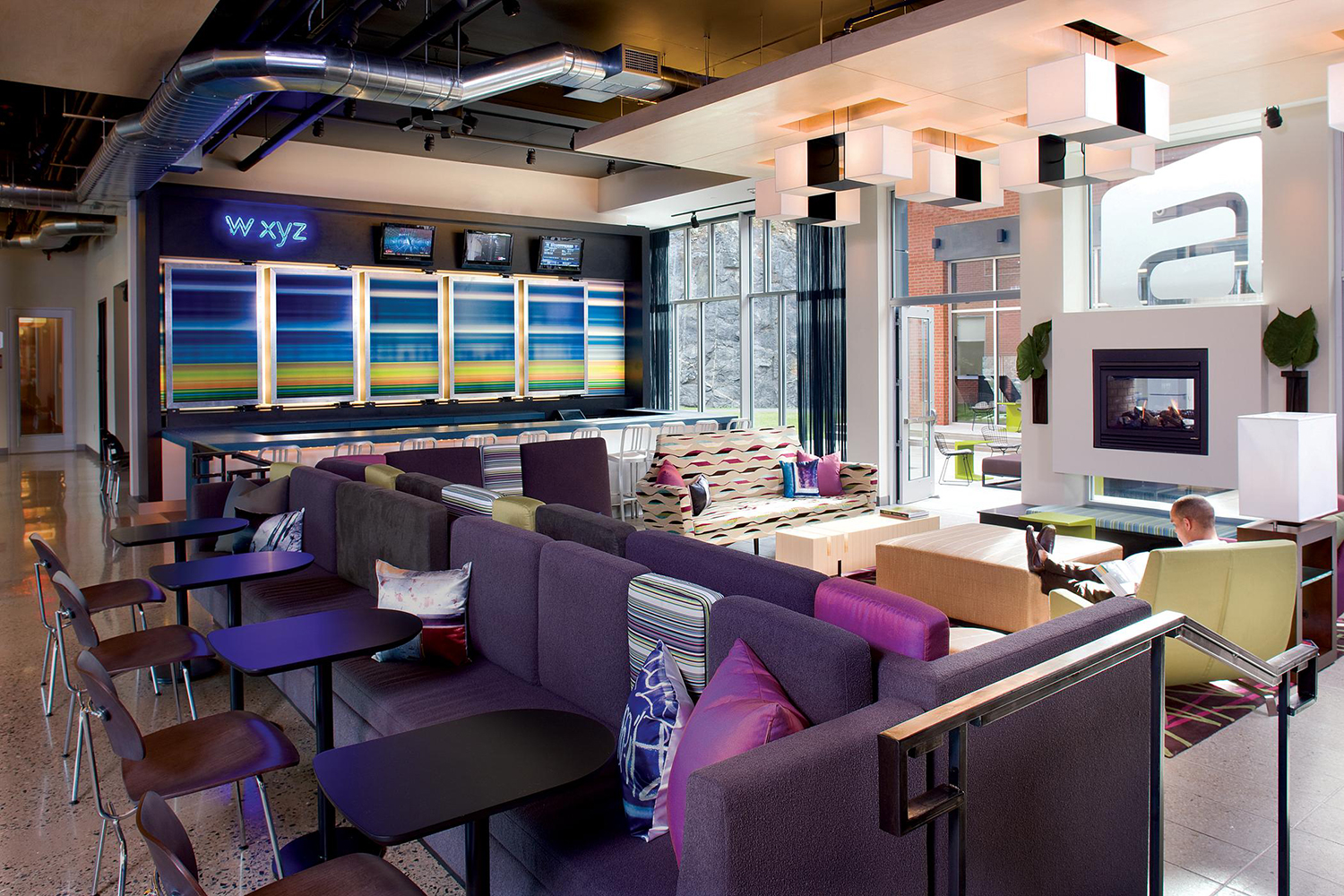NEW YORK -— Marriott International is making its case that as the steward of Starwood's brands, it'll be able to drive more revenue for owners and a better experience for guests.
That was the crux of a presentation delivered by Marriott International's chief commercial officer, Stephanie Linnartz, during the company's Investor Day, a meeting with security analysts and institutional investors, at the New York Marriott Marquis.
In focus was Sheraton, now Marriott's third-largest brand in its portfolio, but a brand on the end of much scrutiny over its delivery and owner ROI. This is acknowledged by Marriott, and Linnartz focused on the brand's upside now that it's part of Marriott. She did so by retelling past Marriott brand success stories.
"Sheraton has been plagued by poor consumer perception in North America," Linnartz said, pointing to both the physical product and service. "There is a wide gap between the best and the worst hotels," she continued. "There has been poor quality assurance and inadequate accountability."
Linnartz, however, promised that Marriott is working on a turnaround with owners and franchisees. "They are highly motivated to improve the perception," she said.
Linnartz pointed to six initiatives to spur Sheraton improvement:
- Address quality gap;
- Ensure accountability;
- Implement quality assurance process;
- Apply operational excellence and rigor;
- Engage and align owners;
- Renovate hotels.
But improvement is not overnight and takes time, according to Linnartz. "It can take three to six months after owner buy in and renovations, but we believe Sheraton will benefit from our scale," Linnartz said, asking for patience. "We have turned brands around, but it takes time."
Past Successes
Linnartz used past success stories to drive home this message, citing Fairfield Inn & Suites, Courtyard and Marriott as brands that have gone through mega refreshes that have appealed to customers and owners.
For example, in 2007, the Courtyard brand turned 25 years old and was facing competition from the likes of Hilton Garden Inn. "It hadn't had a big facelift in all that time, Linnartz said. Marriott set out on a refresh program for Courtyard, which included large-scale renovations, especially targeting lobbies and guestrooms.
Today, the Courtyard brand is close to 1,100 properties with a pipeline of 280 hotels and it cites a 5-point bump in RevPAR index post renovation.
Marriott launched similar initiatives for its Fairfield and Marriott brands, motivated by guest feedback. For the latter, Marriott launched a room design change for 2015 focused on the bathrooms and adding walk-in showers and hard-surface flooring in rooms. "Owners are convinced this is a winning strategy," Linnartz said.
At no time did Linnartz raise the possibility that Marriott might either sell the Sheraton brand in whole, or take certain Sheraton properties and convert them into other Marriott brands that might fit the product. For example, could a flagging Sheraton hotel perform better if reflagged as a Delta or Marriott? From the sound of it so far, Marriott intends to plug away with the Sheraton brand intact.
Aloft and Element
Two of Marriott's new brands—Aloft and Element—are receiving heavy attention from Marriott. Earlier this year at the ALIS conference, in Los Angeles, Marriott built out a pop-up lab, where customers, developers and owners were asked to weight in on ideas for the brands. Every person who passed through the lab had the opportunity to offer feedback in real-time through Swurveys, a swipe-able survey. The feedback will be reflected in the Aloft and Element brands as they rollout this intuitive guest experience beginning in the fall of 2017.

Endeavors like this are Marriott's way of moving the brands forward. "Aloft and Element just need a little help," Linnartz said. "We know about select service and extended stay—and they can do better."
One design element that is taking hold at Element is the idea of the communal guestroom, something derived from the tastes and trends pinned to millennials. "They just love communal spaces," Linnartz said.
Meanwhile, the Aloft brand just reached its 10-year anniversary, and Marriott is setting forth on giving it a brand refresh. In that decade-long period, Aloft only saw growth of just over 120 hotels. As Linnartz remarked, there is "long runway for growth." She said they'd be going back to basics, designing amenity-friendly guestrooms that are also more cost-effective for owners.
